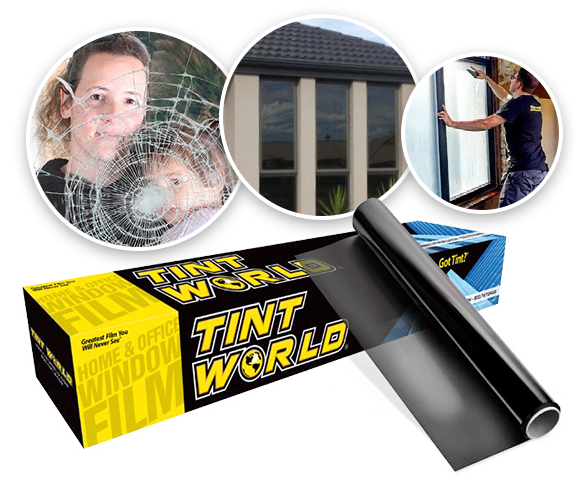How Automobile Window Tinting Shields Your Automobile's Inside
How Automobile Window Tinting Shields Your Automobile's Inside
Blog Article
Home Window Tinting Rules and Guidelines: What You Required to Know Prior To Tinting Your Auto
Prior to proceeding with window tinting for your vehicle, it is necessary to familiarize yourself with the diverse legislations and guidelines that control this method throughout various states. These laws determine the permitted degrees of color darkness, typically measured by visible light transmission (VLT) percentages, and include certain stipulations for front windshields aimed at ensuring roadway safety and security.
Overview of Window Tinting Regulations
Window tinting legislations are often based on variation throughout various jurisdictions, showing local policies and safety factors to consider. These regulations determine the permitted levels of color darkness and reflectiveness on car home windows, ensuring that motorists maintain adequate visibility while likewise securing versus harmful UV rays and heat.
Most policies identify window tinting based on the Visible Light Transmission (VLT) percent, which shows the amount of light that can pass through the window. Typically, lower VLT portions symbolize darker tints. Laws typically separate in between the front, side, and rear windows, with more stringent limitations put on the front windscreen to boost safety and security for both the vehicle driver and various other roadway individuals.
In addition, some territories enforce limitations on the reflectivity of the tint, avoiding too much glow that can impair exposure. Exceptions to these regulations might exist for people with details medical problems requiring added sunlight defense. Conformity with window tinting regulations is critical, as violations can result in fines, required removal of the color, and potential rises in insurance policy premiums. It is necessary for vehicle owners to familiarize themselves with neighborhood laws before proceeding with window tinting setups.
State-by-State Tint Laws
Comprehending the details home window tinting regulations in each state is important for car owners seeking to abide with the regulation. Each state in the united state has established its own collection of guidelines controling home window tinting, which can vary substantially. These guidelines often determine the allowed levels of color darkness, the types of home windows that can be tinted, and any kind of medical exemptions that might use.
For example, states like California have stringent restrictions on tint darkness for front home windows, while others, such as New Mexico, might enable darker tints. Additionally, specific states mandate specific visibility percents for various home windows, consisting of the windscreen, front side home windows, and rear home windows. It is important for vehicle owners to familiarize themselves with their state's regulations to stay clear of prospective fines or penalties.
Furthermore, some states might require an accreditation sticker to be positioned on colored home windows, showing conformity with state laws. Failure to stick to these laws not just takes the chance of lawful effects however can additionally affect safety and security and presence while driving. Therefore, vehicle proprietors ought to carry out complete study or seek advice from neighborhood authorities to ensure complete understanding and conformity with state-by-state tint regulations.
Allowed Tint Levels and Types
Many lorry proprietors might be surprised to find out that enabled color degrees and kinds vary extensively across various states. Each state has established its very own regulations pertaining to the allowable darkness and reflectivity of home window color, often gauged find out this here by Visible Light Transmission (VLT) percents. see this VLT refers to the quantity of light that can pass with the tinted home windows; therefore, a lower percent indicates a darker tint.

Moreover, the kinds of color products allowed can vary, with some states banning mirror-like or metal coatings. It is essential for automobile owners to acquaint themselves with their state's details legislations to make sure compliance. Non-compliance can result in fines, mandatory elimination of the tint, or various other legal repercussions, making it imperative to recognize these regulations prior to waging installation.
Medical Exceptions for Tinting
While not all states supply allowances for clinical exceptions concerning home window tinting, those that do recognize the requirement for particular people to improve exposure and convenience because of medical conditions. Numerous medical problems, such as lupus, skin cancer cells, and specific eye disorders, can make individuals particularly conscious sunshine. As a result, these individuals might need darker colors to secure themselves from harmful UV rays and glare.

It is essential to keep in mind that despite a medical exemption, there may still be limitations on the level of tint allowed. Conformity with state legislations makes sure that people are both safeguarded and within legal limits. Those thinking about medical exemptions need to contact their local Division of Electric motor Automobiles or equal authority to understand the treatments and demands needed to look for an exception properly.
Charges for Non-Compliance
Stopping working to abide with home window tinting legislations can lead to considerable penalties, which vary by state. Police are empowered to release citations for lorries that do not abide by the specified tinting regulations. These fines typically include penalties, which can vary from moderate total up to a number of hundred dollars, depending upon the intensity of the offense and the state in concern.
In some jurisdictions, repeated offenses may lead to escalating penalties or extra penalties, such as mandatory court looks. Moreover, non-compliance might demand the removal of prohibited tinting, usually at the owner's expense. In severe cases, habitual transgressors might face suspension of their car registration until compliance is attained.
Additionally, insurance ramifications might arise from obtaining several citations for home window color offenses. Insurance providers might check out such offenses as an indication of riskier actions, possibly resulting in increased costs or problem in coverage.
To prevent these fines, it is vital for automobile owners to familiarize themselves with their neighborhood window tinting legislations and make certain that their lorry complies (Window Tinting). This positive strategy not only prevents lawful ramifications however additionally advertises roadway security
Verdict

Many regulations classify window tinting based on the Visible Light Transmission (VLT) percentage, which indicates the amount of light that can pass with the window. Conformity with home window tinting guidelines is vital, as infractions can result in penalties, required elimination of the color, and potential boosts in insurance policy costs.Recognizing the specific home window tinting laws in each state is essential for vehicle proprietors looking for to abide with the regulation. These policies frequently dictate the allowable levels of color darkness, the kinds of windows that can be tinted, and any medical exceptions that may use.
For circumstances, states like The golden state have rigorous limitations on tint darkness for front home windows, while others, such as New Mexico, may allow darker tints.
Report this page